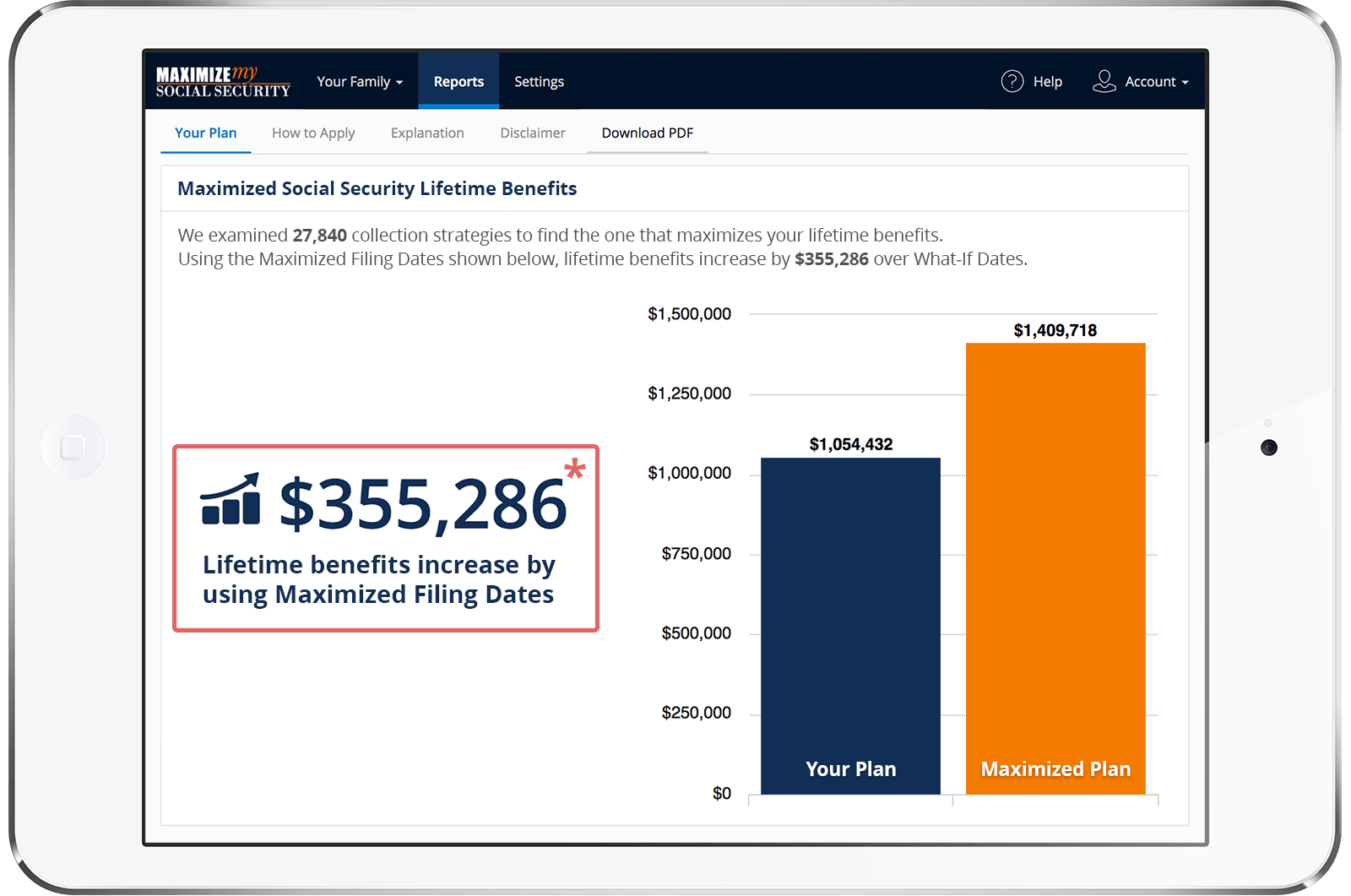Hi Larry
As a retired CFP I volunteer my time for financial education and have been asked to write an article for a local seniors newspaper, on the Social security spousal benefit. I'm having a heck of a time finding a direct answer to a question on the calculation of the Excess Spousal Benefit (ESB) Let's use an example to clarify:H&W married 30 years and both have SS benefits based on their work record. W begins reduced benefit based on her record at 62 with a PIA of $800. H waits to age 70 and begins his then with a PIA of $2,500 and W at that time is age 65, with her FRA of 66 yrs 4 mo. So the first calc, as I understand, in determining the EXB is to subtract her PIA from 1/2 of his = $1,250 - 800 = $450. Here's where it gets fuzzy. It appears that because she is beginning the spousal benefit prior to attaining her FRA, the ESB is reduced. How exactly is this reduction calculated? I tried the 25/36 per month reduction but that appears incorrect.
Thanks for your help
Hi. Everything you've stated sounds correct, including the fact that the excess spousal benefit would be reduced by 25/36ths of 1% for each month that the spouse starts drawing prior to full retirement age (FRA). The only way that a different reduction percentage would be involved would be if the spouse started drawing excess spousal benefits more than 36 months prior to their FRA.
Thus, if a spouse starts collecting spousal benefits 16 months prior to FRA. their spousal benefit would be reduced by 11.11111% (i.e. 25/36ths of 1% x 16 months). So, in your example the excess spousal benefit would amount to $400 (i.e. $450 x .8888888). That excess spousal benefit would then be paid in addition to the spouse's own reduced retirement benefit rate.
Best, Jerry
